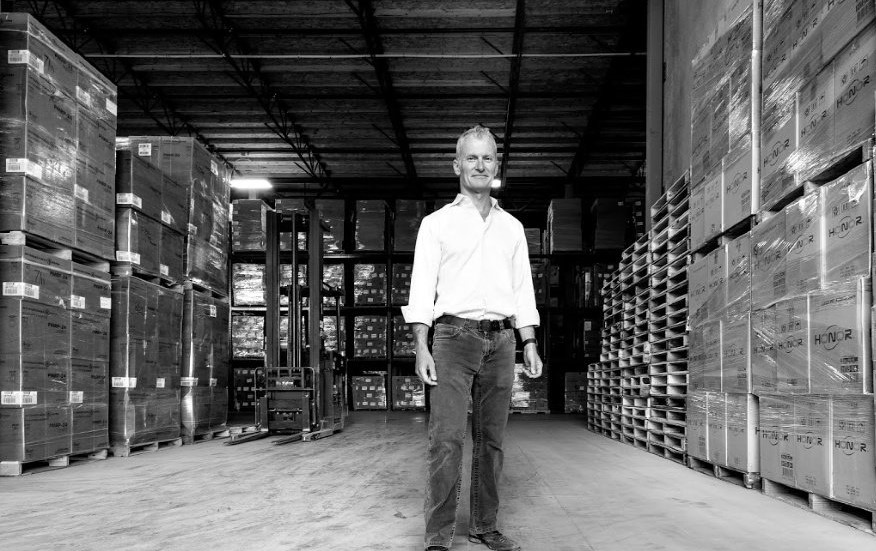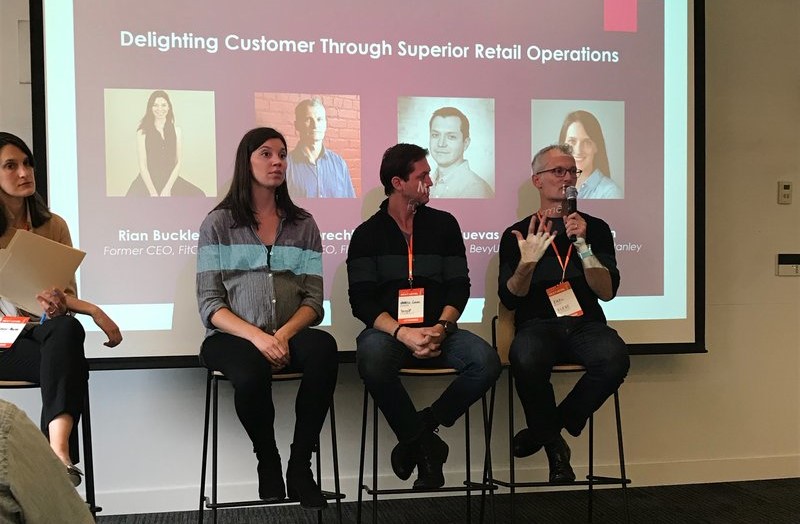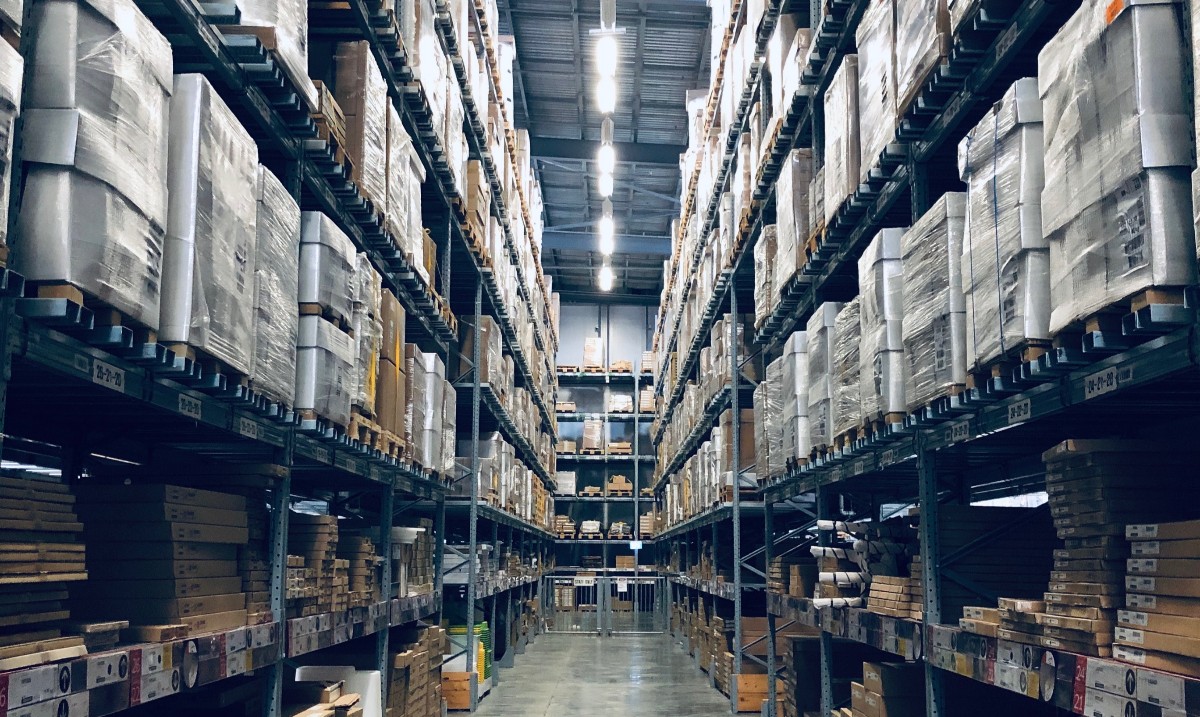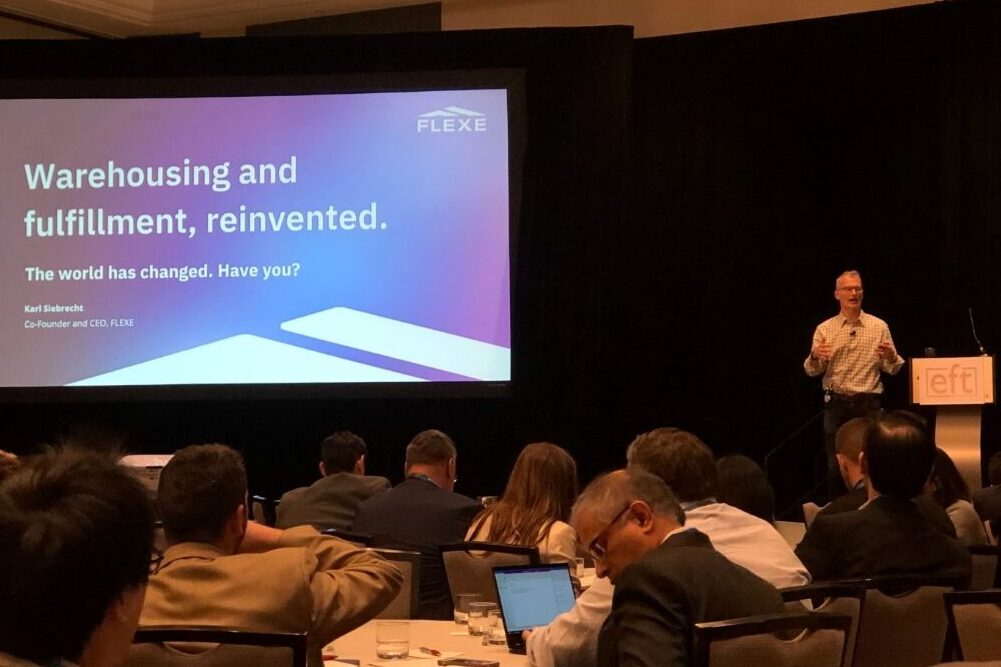‘Airbnb for Warehousing’ Startup Flexe and the Bet on an ‘Inevitable’ Change
In less than eight years, Flexe has created a marketplace of spare storage space in 2,000 warehouses across the U.S. and Canada, thereby developing broad geographic presence. While Amazon.com spent decades and billions building such those delivery network, the Seattle-based company Flexe achieved it without spending a nickel on facilities. Merchants book storage space via a simple-to-navigate website; Flexe is essentially the Airbnb of warehousing.
From an “Overflow” Offer to the Modern Retail Game-Changer
The Flexe story begins at a birthday party in Seattle in 2013. Dhruv Agarwal, who owns an online gourmet accessories business called True Brands, was kvetching about the challenge of finding warehouse space. His company was growing 30 percent a year, but many warehouse owners demanded a five-year lease, requiring him to take a space that was either way too big or would soon be too small. Agarwal wondered if he could find spare warehouse space for a few months at a time the same way tourists find a place to crash for a few days on Airbnb.
The Flexe founders were at the party and decided their friend was onto something. They launched that year offering “overflow” services when retailers and wholesalers needed to stash pallets of inventory for brief periods. In 2016, this company also added online order fulfillment, giving warehouse operators the option to charge more to pack and ship individual orders directly to shoppers’ homes.
“Startups don’t know how much space they’ll need because it’s hard to predict where they’ll be in a year or two. On-demand warehouse and fulfillment space are a game-changer” – One of Flexe’s partners at Redpoint stated.
Since the agreements are long term, Flexe has identified an untapped market of unused inventory which is sitting idle during specific seasons. For example, some of the beverage companies and Halloween costume wholesalers have extra spaces for peak seasons which is not used during off seasons. This gap between demand and supply of warehousing space is the area Flexe has capitalized on and is taking commission for every deal.
The startup has described itself as a “warehousing-as-a-service” company. Nearly 2,000 warehouses across the U.S. and Canada use Flexe’s software to bid on various offers. Flexe operates much like Airbnb — instead of matching travelers with open homes and apartments, it matches retailers with warehouses that have excess capacity.
Companies such as Staples, Toms, Ace Hardware, and others use Flexe to help support their online businesses and reduce the costly “last mile” delivery expense. Giant brands including Walmart and P&G are also customers.
“Flexe invented the on-demand warehousing category for businesses facing a crisis of agility while trying to meet rising consumer demands,” Flexe co-founder and CEO Karl Siebrecht told GeekWire.
A Solid Software Platform: Key to Success
Even though the company is technically still a startup — which is launched in 2013 — it has grown by multiples every year. Siebrecht attributes Flexe’s expansion mainly to the company’s solid funding base and “robust” software platform.

“We’ve seen some other companies that look like they’re doing something similar to us, it’s kind of hard to tell based on what their website says, but we haven’t seen any of these companies get funding in investment capital to build out their platform and drive growth, which is a very important thing,” Siebrecht said.
The core of this business is the software platform. Without the software the model doesn’t work. The key part of the value is any one of its customers can use the platform and have access to any one of its providers, according to Siebrecht.
From the very beginning, Siebrecht knew creating a solid software base was extremely important, as he was a veteran of the software business (he was a founding board member of the SaaS-based provider EnergySavvy). The founders of Flexe built the very first software platform based on a real customer.
“It’s a pretty important attribute of a new company: if you can jump into operations fairly quickly, it can really help drive a better outcome with the software you develop.” – said Siebrecht.
As the company continues to grow, Siebrecht expects warehouse capacity to be more efficiently used, but he also expects other competitors to jump into the space and help on-demand warehousing really take off. He compared Flexe’s success to the phenomenon of Amazon Web Services: Amazon was the first one to do it, curated it for on-demand purposes to fit individual business needs, and now everybody’s doing it.
“We’re seeing the same thing happening in warehousing,” Siebrecht said. “We fully expect competitors to jump in and follow us. But it will require significant amounts of capital.”
‘Airbnb for Warehousing’ and the Competition with Amazon
As eCommerce evolves, customer expectations are trending towards delivery on-demand, faster, flexible, and predictable. If your inventory is not close to the consumer, you are not going to be able to tick any of those boxes, which means you won’t be able to compete. Flexe gives retailers a path forward to competing in modern retail with behemoths like Amazon.

Since launching in 2013, Flexe has amassed a huge warehouse footprint, with approximately 30 million square feet available on its platform. That’s still a far cry from Amazon, which owns 150 million square feet of space. But while Amazon is limited to 110 fulfillment centers in North America, Flexe has access to more than 2,000 warehouses. This gave them the advantage in meeting their customer’s need, which the typical example is Walmart’s case.
“We needed space in the northeast U.S., the Midwest, and on the West Coast,” Justin Schuhardt, a supply chain executive with Walmart, said at a recent industry event. “So, what ended up happening was Flexe was able to, through their marketplace approach, give us a selection of different providers from coast to coast with different size buildings and different available capacity.”
Instead of selling on Amazon, Flexe offers brands an alternative that lets them ship products with their own branded boxes and existing shopping software. The third-party warehouses, meanwhile, handle labor and administrative work. It also keeps retailers from having to share any data with Amazon.
“Companies that depend on Amazon logistics to meet their customers’ expectations will hand over their customer data, customer experience and customer relationship to Amazon,” Siebrecht said. “We believe there’s a better way — a new option that uses technology to offer an entirely new model for on-demand warehousing and fulfillment.”
In fact, Amazon forever altered the retail landscape when it introduced the Prime two-day shipping program 16 years ago. This empire spent million dollars during a quarter alone on the new shipping initiative, signaling the importance of building out its fulfillment network to meet consumer demand. But Flexe can offer similar delivery speeds given how many warehouses are on its marketplace. Importantly, Flexe can be considered a completely neutral platform where brands are in control of their brand and user data. This is not the case for brands in the fulfillment by Amazon network.
“Not only is our network of warehouses massive, but it’s also connected through a single technology platform and it’s provider agnostic,” Siebrecht said. “In other words, companies aren’t limited to a fixed provider or set locations of fulfillment centers.”
Siebrecht added that Amazon’s 1-day shipping announcement “has already driven a pop in demand for Flexe.” Consumer expectation for fast shipping is driven not only by Amazon but rivals such as Target and Walmart. That results those company in instituting their own two-day shipping initiatives and turned physical stores into mini warehouses for popular programs, such as order online and pick up in store.
Besides, Flexe has also become a choice for many brick and mortar retailers which are trying to compete with Amazon and other competitors. Neil Ackerman, a former Amazon executive who is a member of Flexe’s advisory board said:
“Manufacturers, brands and retailers that want to compete with Amazon on delivery without giving up data and the customer experience are all target clients. Flexe helps them compete with Amazon on delivery without making huge investments in new facilities.” While Flexe’s customers are competing against Amazon, so too is Flexe itself.
Two Market Trends Playing to Flexe’s Hand
This startup has won the bet on unavoidable change, based on the market’s continuously fluctuated need. Here are two trends that affect Flexe’s operation the most.
#1. Growing Online Shopping Industry
The first motivation for Flexe’s development is the growing online shopping industry. This company is seeing huge tailwinds from an increase in online sales amid the pandemic as people stay home and shop digitally. U.S. e-commerce sales rose 36.7% year-over-year in the third quarter, according to the Census Bureau. Analyst predictions and surveys show that much of this shift to online shopping will be permanent after the pandemic.
“We think these new customer behaviors will largely persist,” Walmart CEO Doug McMillon said last month after the retail giant saw online sales spike 79%.
The rapid change in shopper habits and larger economic uncertainty this year forced retailers to adjust their fulfillment and supply chain networks. That means more business for Flexe, which has doubled its revenue year-over-year.

The recent struggles of brick-and-mortar stores are also driving revenue for Flexe. Warehouse operators for physical retailers have a lot of latent capacity and Flexe is able to bring them business given the high demand from e-commerce clients looking for extra space. As more consumers shop online, retailers need capacity to ship products across the country — particularly as they battle e-commerce kingpin Amazon.
“There is a very strong increase in demand for these flexible, dynamic logistics networks — and that’s precisely what Flexe provides,” said Siebrecht.
Flexe operates a marketplace that gives retailers such as Walmart and Staples a way to purchase warehousing space on an on-demand basis and turn what was traditionally a fixed expenditure into a variable cost. Customers don’t need to invest millions into long-term warehouse leases; they can use Flexe as needed.
#2. Rising Cost of Industrial Real Estate
Another reason that contributes to Flexe’s expansion is the rising cost of industrial real estate and the reduced availability of warehouse space. Will O’Donnell, managing partner at Prologis Ventures — an investor in Flexe — said vacancy rates in coordination real estate are near historic lows. “As the industry continues to grow, we recognize the value of integrating flexible options into supply chain planning,” he said in a statement shared with GeekWire.
Prologis, a publicly traded coordination real estate giant, is an example of a company that might be considered a competitor to Flexe “when in fact these companies are partners in the Flexe network,” Siebrecht noted.

Andrew Hitchcock, senior vice president at CBRE’s Seattle office, added that many industrial property owners are seeking minimum five-year terms for new leases because of the tight market.
“Because of the minimum terms, companies are having to taking more space than they initially need in order to provide for future growth,” Hitchcock said. “Other companies later in their lease cycles may not have the flexibility within their current facilities and are looking for seasonal or short-term warehouse solutions.”
Aiming to decrease the amount of unused warehouse capacity, Flexe successfully met a need within the warehousing market: to utilize unused space, improve cost-efficiency for retailers and give 3PLs, third-party logistics a chance to turn a profit. The warehouse provider makes money year-round by avoiding empty space, while the retailer finds the right amount of space for its specific needs.
The Bottom Lines
Flexe is an example of the sharing economy: it may provide benefits to both customers and sellers. While this is a relatively new concept in business-to-business circles, additional platforms like Flexe are expected to bloom as the e-commerce sector grows and warehouse space and space management become increasingly essential.









